Polar Holidays is a travel agency that specializes in booking tours and polar cruises to both the Antarctic and Arctic regions. We partner with high-quality specialty cruise lines which allows us to provide the best selection of cruises for our clients! It is our goal to provide travelers with their dream vacation adventure.
There are many tours, ships and itineraries to the Arctic and Antarctic. We have been on more than 100 trips to these areas, and continue to explore new trips. Polar Holidays is intimately familiar with the itineraries and expedition ships, and uniquely qualified to recommend itineraries to best serve each client’s preferences.
Get in touch with us today and let Polar Holidays help you plan the ultimate polar cruise!
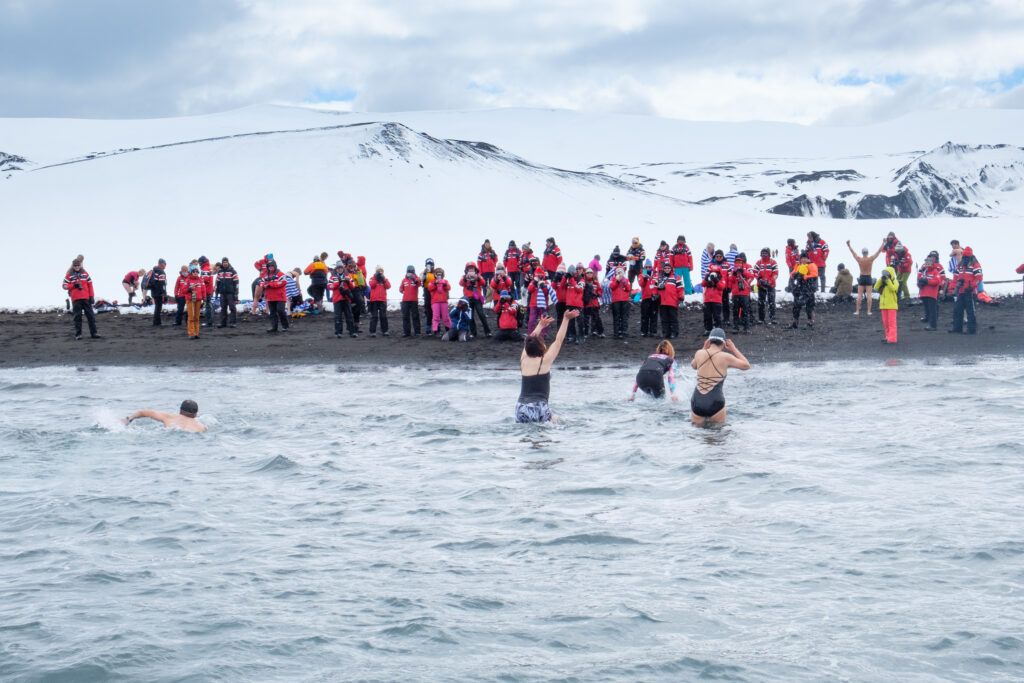
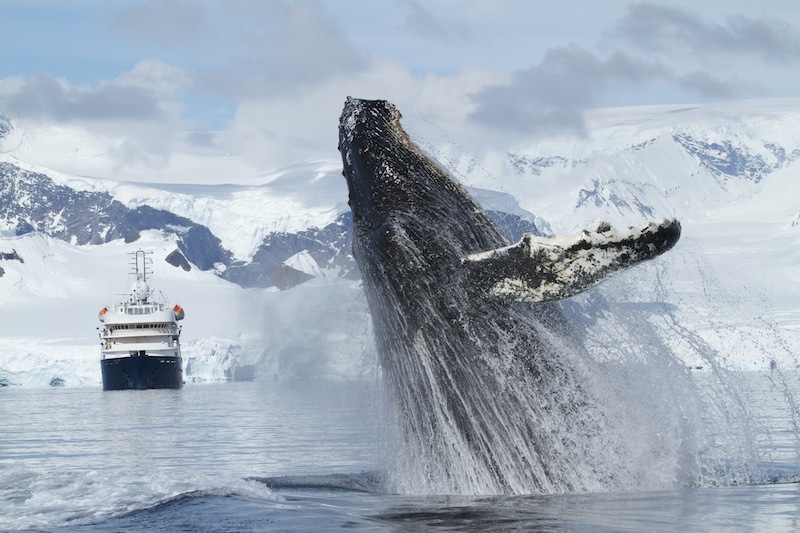
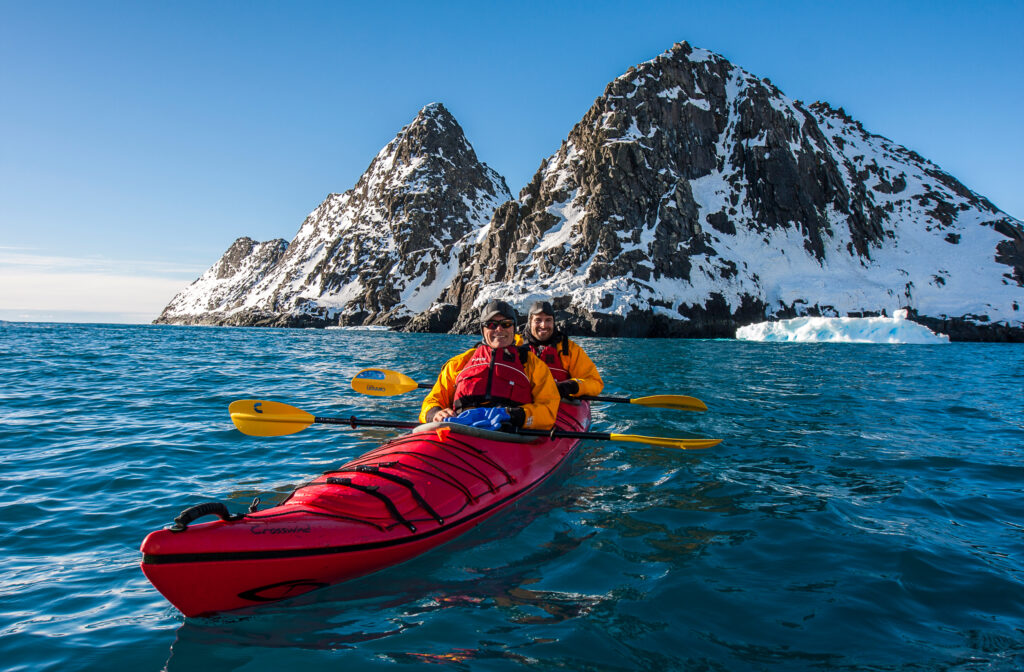
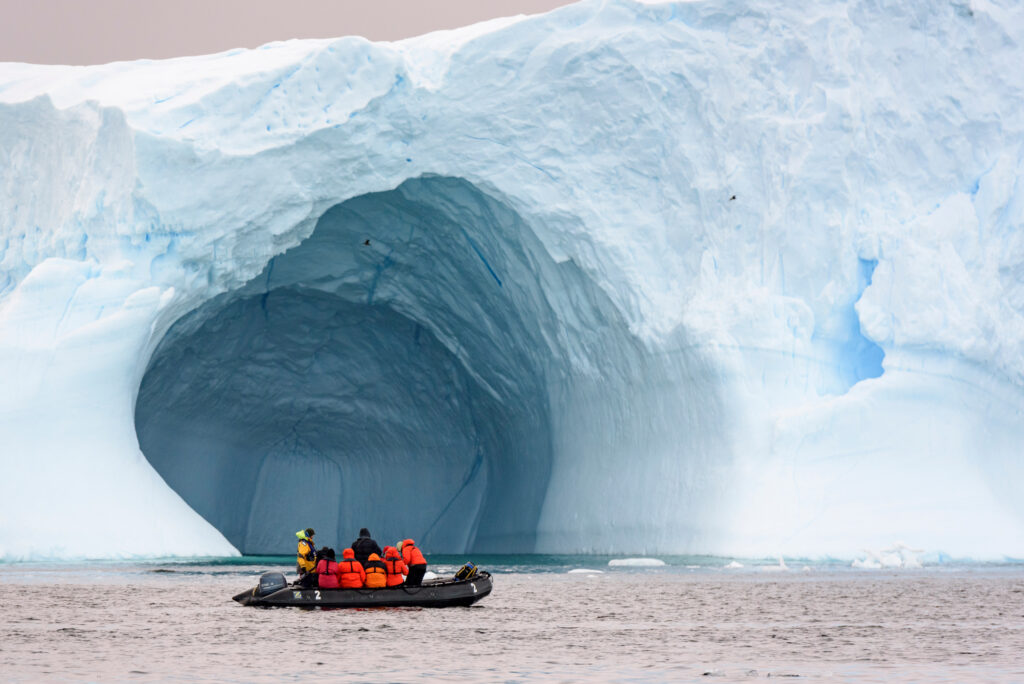
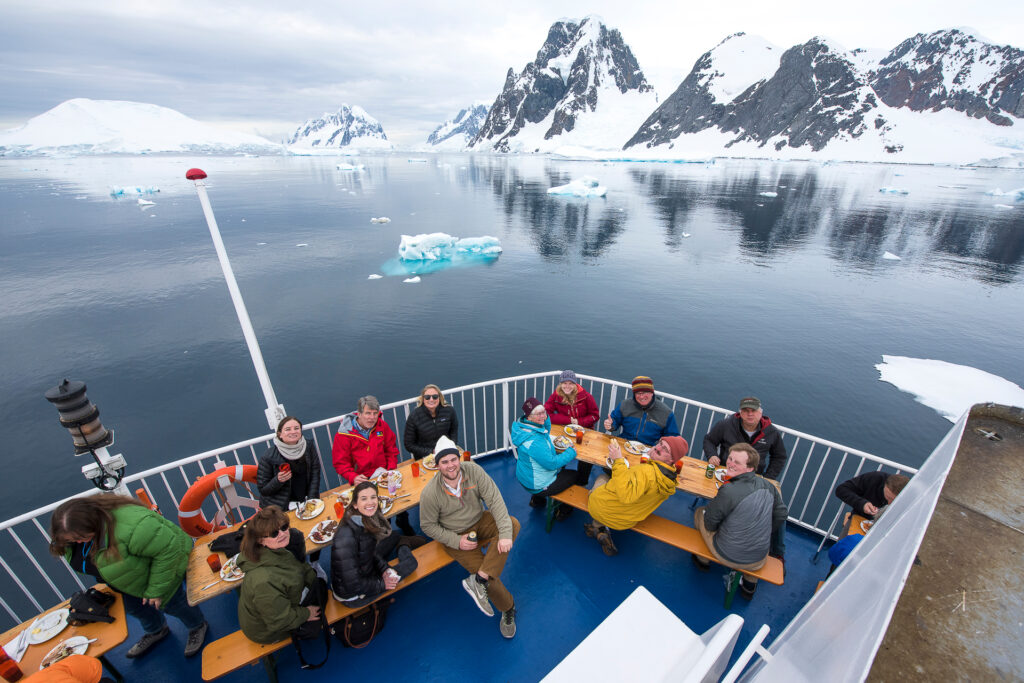
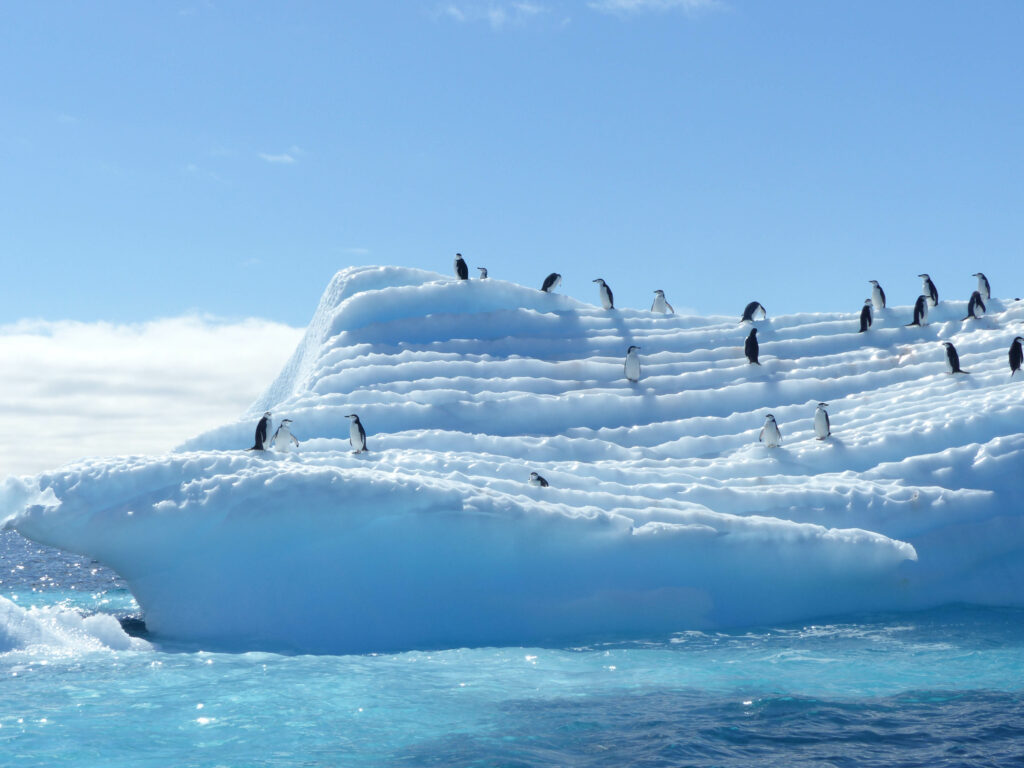
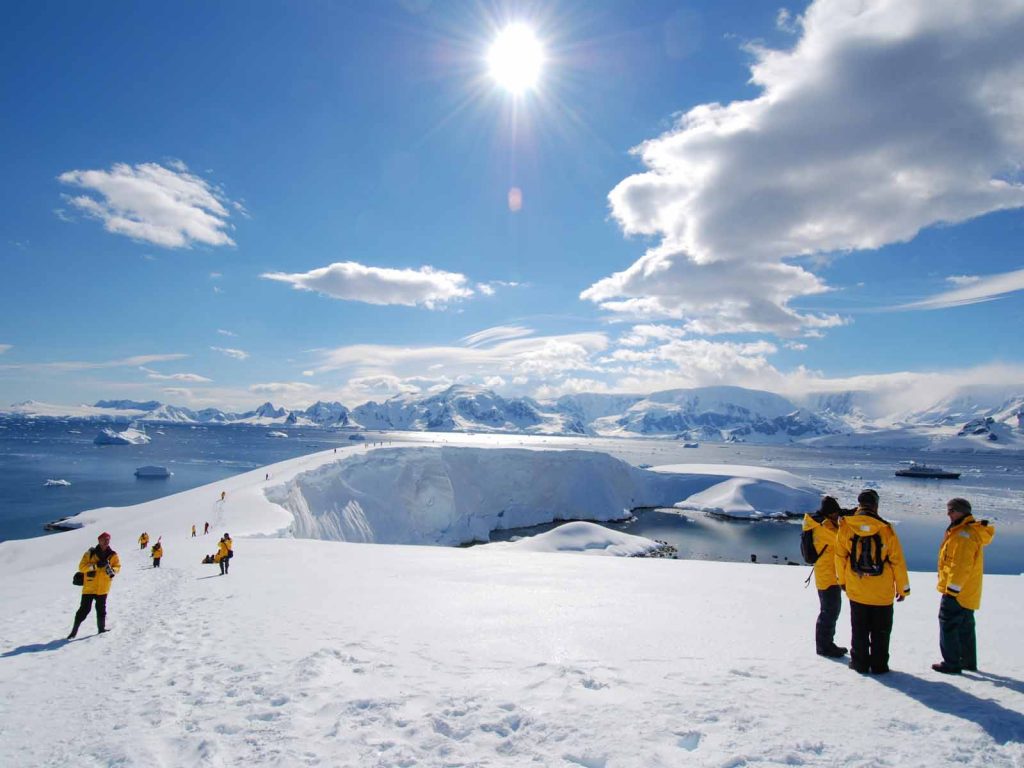
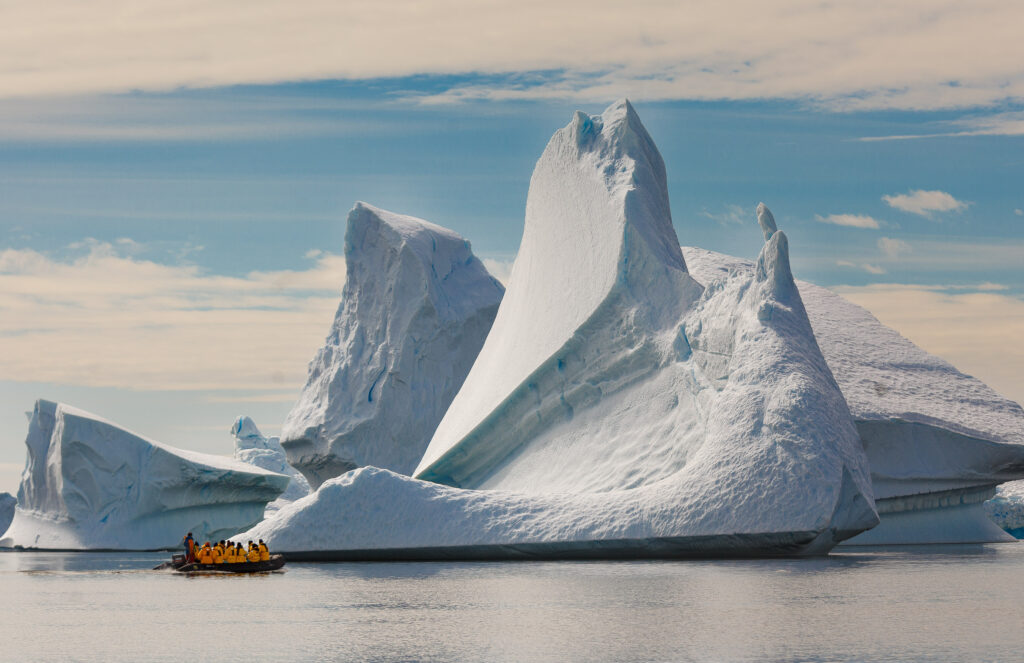


Your cruise to the Antarctic region begins and ends in South America, with December or January as the best months for your vacation of a lifetime. Travel to Antarctica on one of our beautiful ships that offers stunning scenery and breathtaking experiences only found in the remote South of Planet Earth. There are many factors to consider when planning – the time of year, duration of your trip, and your tour itinerary goals. Look no further for an Antarctic expedition filled with thrilling wildlife, immense views, and exhilarating vacation activities.
Contact Polar Holidays today for a free consultation with one of our Antarctica cruise booking specialists!
Visitors travel to the Arctic to enjoy one of the last truly wild places on Earth. Arctic cruises are limited to the summer months between June and September due to weather. While traveling to the Arctic there are countless spectacular sights including wildlife, glaciers, and striking landscapes. Guests are able to enjoy this beautiful region from beyond the cruise ship through offered activities!
Contact the Polar Holidays team today for a free consultation with one of our booking specialists!
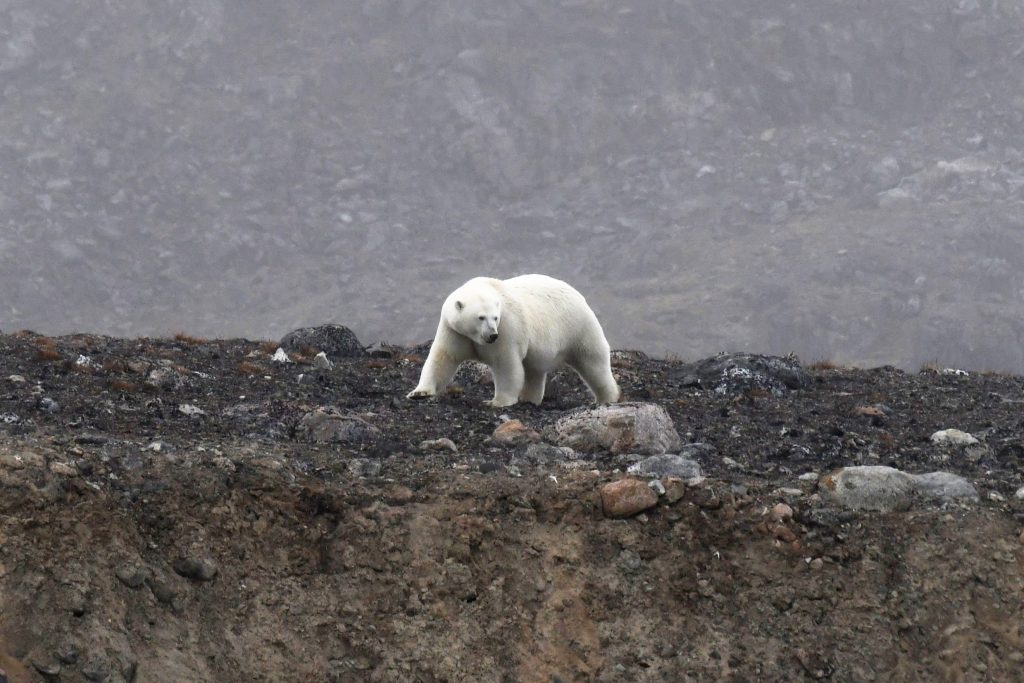
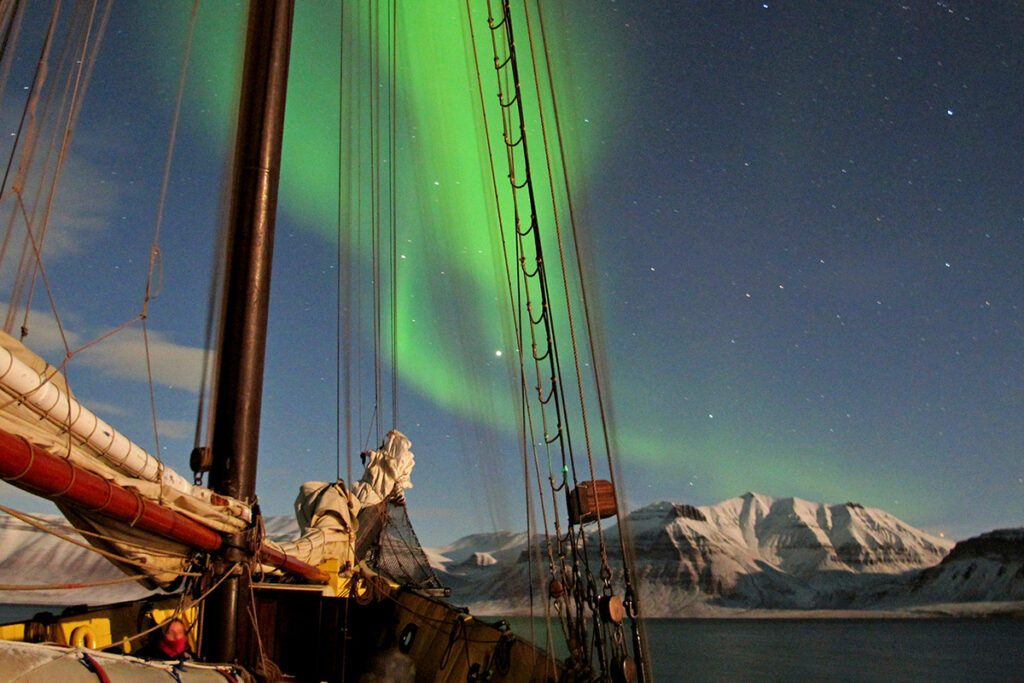
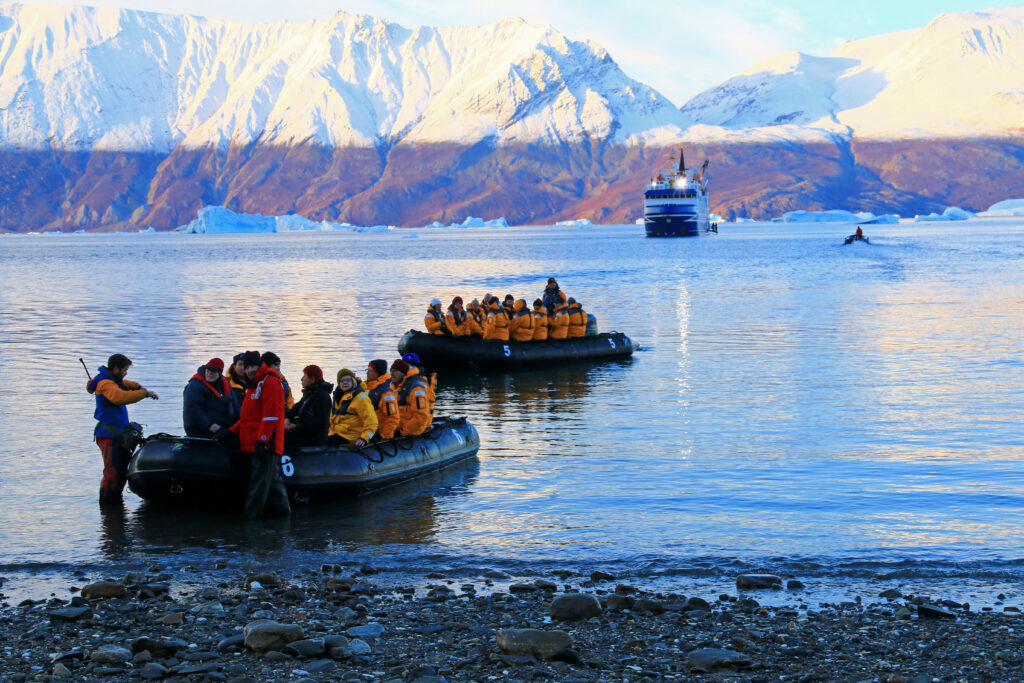
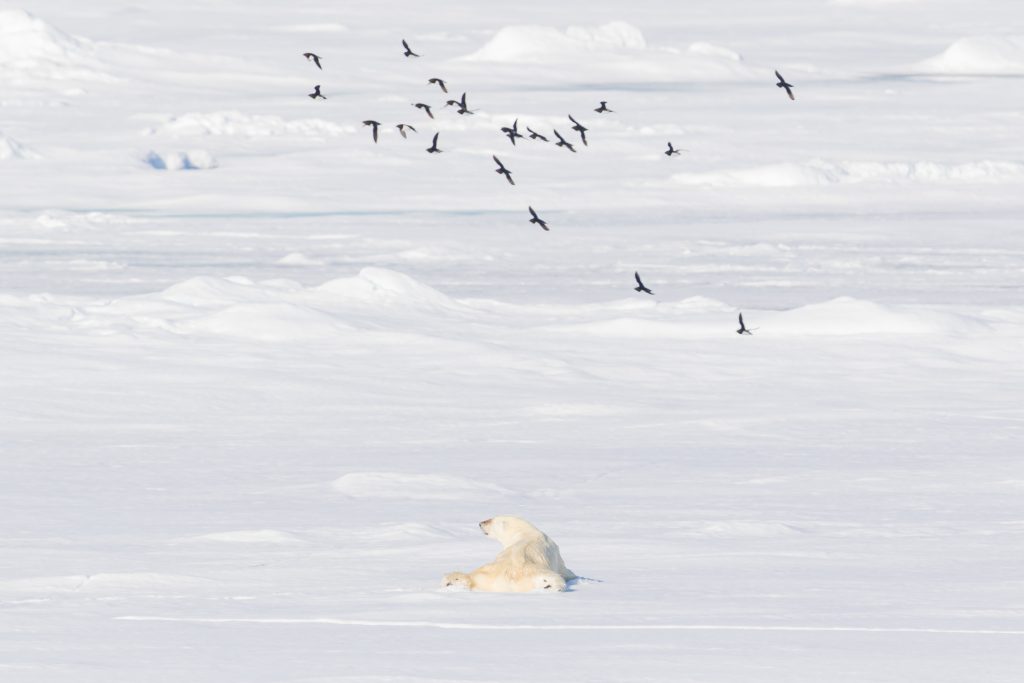
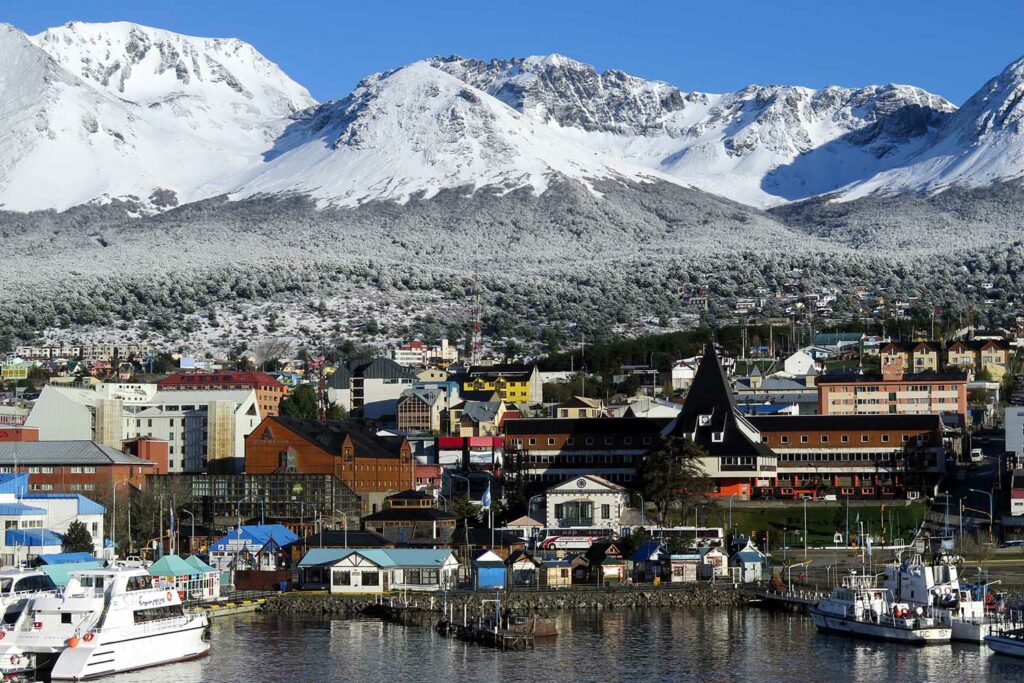
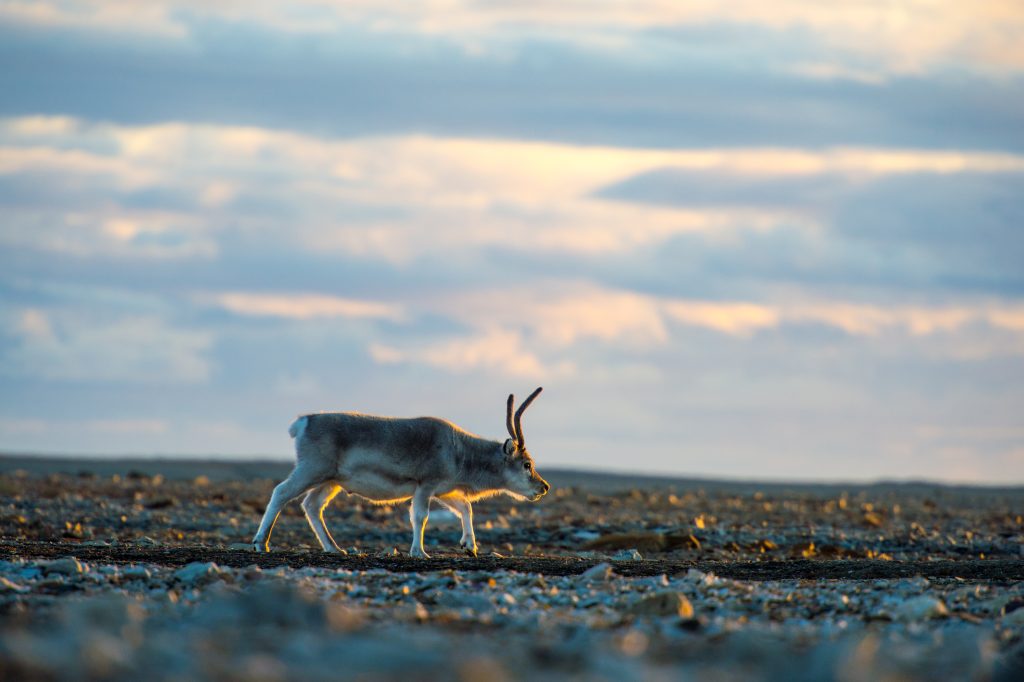



Polar Holidays is a premier cruise booking agency specializing in luxury and expedition cruises to the Antarctic and Arctic regions! We partner with high-quality specialty cruise lines to provide our clients with the best selection of tours to both polar regions.
We usually have Antarctica and Arctic cruise and fly-cruise specials running throughout each cruise season. A number of 2024 and 2025 itineraries are on sale now! Take a look at our cruise specials page to see all current cruise deals, and please contact our team for more information!
Polar expedition cruises offer a variety of experiences, each catering to different interests and travel styles. Here are the main options:
Small-Ship Polar Cruises
For a more intimate experience, small-ship cruises allow you to explore remote polar regions with fewer passengers. These cruises offer flexibility in itineraries, access to exclusive landing sites, and expert guides who provide deeper insights into the Arctic or Antarctic wildlife and landscapes.
Adventure-Focused Polar Expeditions
If you’re looking for action, adventure-focused cruises are perfect. Activities like kayaking, hiking, and snowshoeing give you a hands-on experience of the polar environment. Some expeditions also offer ice camping or polar diving, making it ideal for those seeking an active, thrilling vacation.
Luxury Polar Cruises
For those who prefer a more luxurious approach, luxury polar cruises combine adventure with high-end comfort. Expect spacious suites, gourmet dining, and expert service, all while exploring the stunning beauty of the polar regions in style.
No matter your travel style, Polar Holidays can help you find the perfect polar expedition cruise to match your interests and create the ultimate polar vacation.
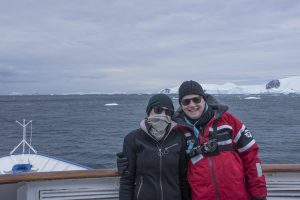
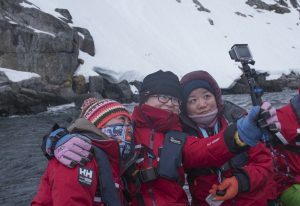
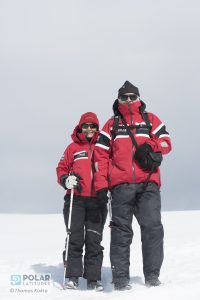
Read more about our past customers’ experiences working with Polar Holidays here!
We are polar experts! We have almost two decades of experience visiting Antarctica and the Arctic, and helping and booking our customers the polar cruise that is best for them. We do the work for you by sorting through hundreds of available cruises while prioritizing your goals – to provide you with your dream expedition. Contact us today for your free consultation with an Antarctica and Arctic booking specialist.
Notifications